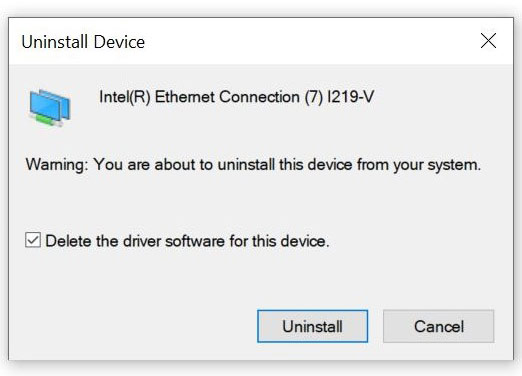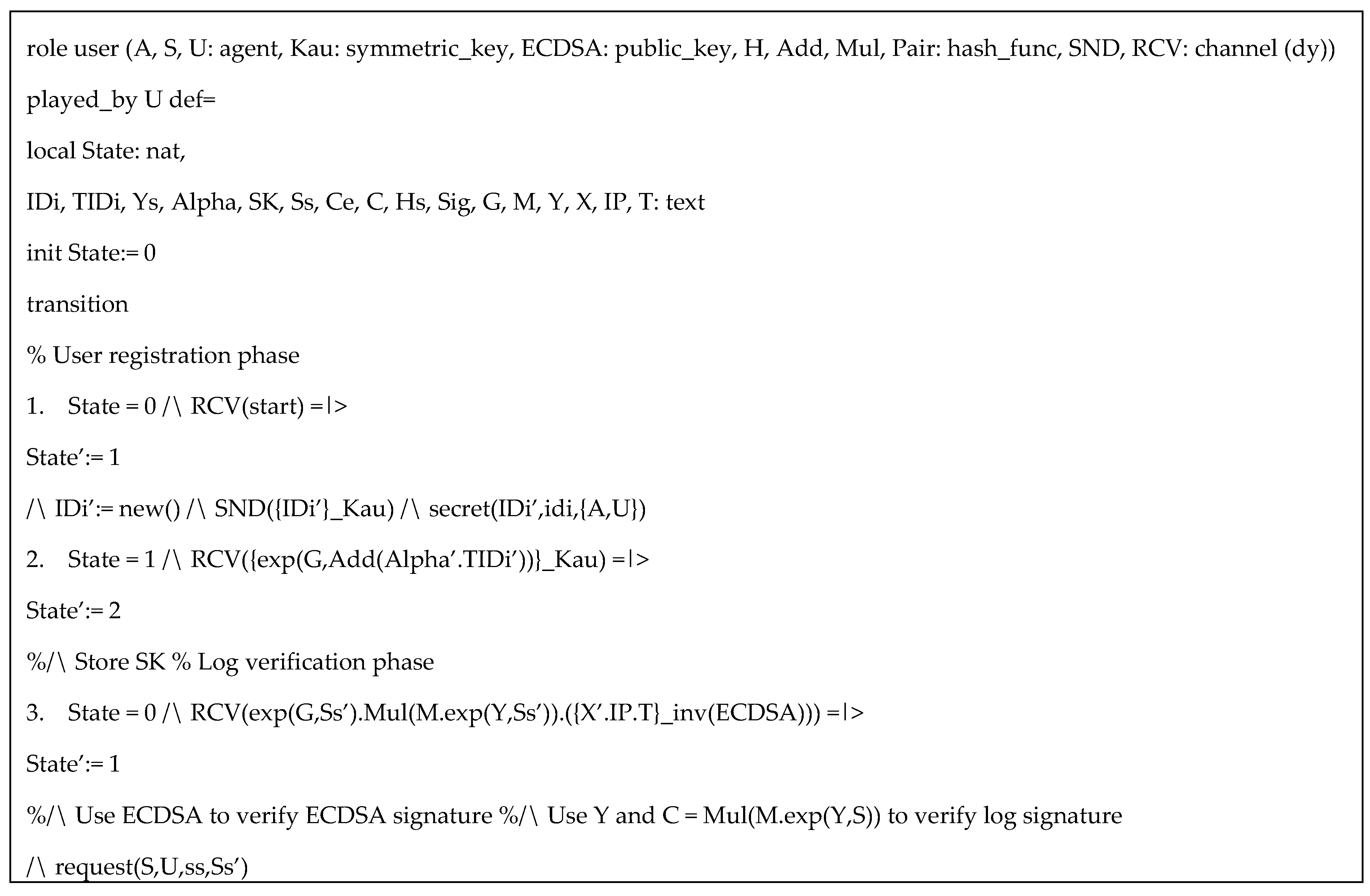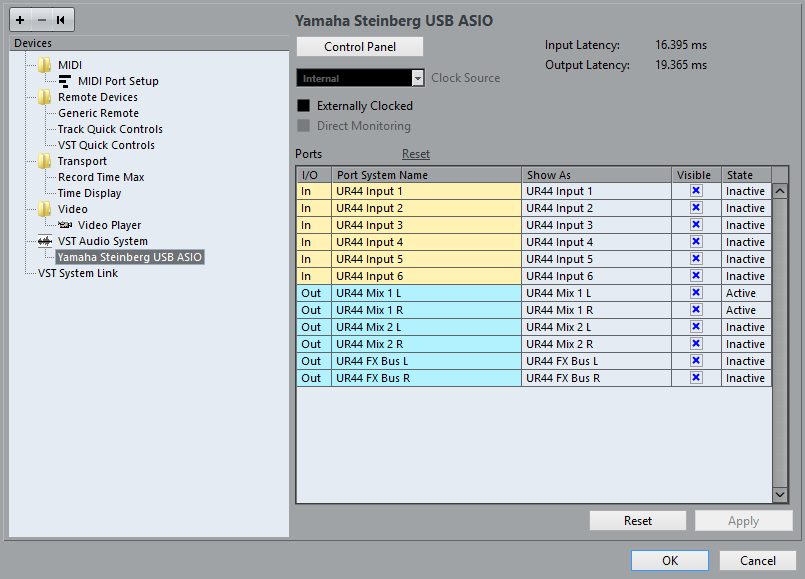I'm willing to bet the serial port driver is the 'SOL' driver for the Intel AMT remote access feature. Yep, i was right this system supports 'AMT' but only up to win 7 and possibly 8. Intel AMT LMSSOL for AMT 5.xx is the serial/program package you would install under win 7 and this package is not compatable under win 10. This package supports the following driver models USB Mass Storage Device from Gateway. Full Specifications. What's new in version 6.0.6000.20062. Date Added November 10, 2008.
Created on: 2 April 2016
Arduino software is needed to program Arduino boards and must be downloaded from the Arduino website and installed on a computer. This software is known as the Arduino IDE (Integrated Development Environment).
Drivers must be installed in order to be able to program an Arduino from the Arduino IDE. This article shows how to download and install the Arduino IDE software and drivers on a Windows 10 computer.
Downloading Arduino for Windows 10
Go to the Arduino Software download page where you will find two downloads for Windows – Windows installer and Windows ZIP as shown in the image below.

Selecting an Arduino Software Download
You can choose either of the two Windows options, but I prefer to use the ZIP file because it keeps the Windows system cleaner. The Windows Installer version of the software will download an installer which will install the software into the Windows system. The Windows ZIP file allows you to unzip the Arduino IDE to any location of your choice and easily remove it if you want by simply deleting the unzipped folder.
This installation guide uses the Windows ZIP file, so download the ZIP file and proceed to the installation step below. After clicking the download link, you will have the option of making a donation to Arduino or just downloading the file for free.
Installing Arduino Software on Windows 10
After downloading the Arduino Windows ZIP file, simply double-click it and then copy the folder from inside the zip file to the desired location. I prefer to copy it to my desktop.
To avoid any confusion: the file that is downloaded is a file and not a folder, although it is called a 'Compressed (zipped) Folder' in Windows.
Running the Arduino IDE
Open the folder that you extracted from the zipped file and double click arduino.exe in the folder to start the Arduino IDE software. If you can not see file extension (the .exe on the file name), turn them on in the file manager by clicking View → File name extensions.
If you want to create a shortcut to the Arduino IDE on your desktop, start dragging the arduino.exe file to the desktop and hold down the Ctrl + Shift keys before dropping it on the desktop. This will create a shortcut to the Arduino IDE instead of moving the file to the desktop.
Make sure that you have not moved the arduino.exe file by looking at the name of the file on your desktop which should contain the word 'Shortcut' at the end. You can rename this shortcut to just Arduino or Arduino IDE.

Installing Arduino Drivers in Windows 10
When you plug an Arduino board into a Windows 10 computer, a driver should automatically be installed for it. The driver configures the Arduino as a virtual COM port which can be seen in the Device Manager.
Alfa-med Port Devices Driver Updater
Open the Device Manager window by right-clicking the Windows 10 start button in the lower left of the screen and then selecting Device Manager on the menu that pops up.
Alfa-med Port Devices Driver
In Device Manager, expand Ports (COM & LPT) and you should see a COM port which will be your Arduino as shown in the image below. If you have other COM ports on the PC, then unplug the Arduino to see which COM port disappears from the device manager, then plug the Arduino back in and see which port appears – this will be the Arduino port, e.g. COM4 in the image below.
The drivers that come with the Arduino software can be installed instead of the default Windows 10 driver, which is explained next.
Arduino Virtual COM Port Number in Windows 10 Device Manager
Installing Arduino Drivers
In the Device Manager, right-click the COM port that was identified as the Arduino (the Arduino must be plugged into the computer first). Select Update Driver Software... from the menu that pops up.
Updating Arduino Driver in Windows 10
In the dialog box that opens, select Browse my computer for driver software.
Browse for Arduino Driver Software
In the next dialog box, make sure that Include subfolders is checked and then click the Browse... button.
Browse for Driver
In the dialog box that pops up, navigate to the drivers subfolder of the Arduino folder that you unzipped earlier. Click the drivers folder to select it and then click the OK button.
Select the Arduino drivers Folder
Back in the Update Driver Software dialog box, the correct path to search for the drivers is set. Click the Next button to start the driver installation.
Start the Arduino Driver Installation
In the Windows Security dialog box that pops up, click Install.
Confirm the Arduino Windows 10 Driver Install
After the driver has been installed, a dialog box will appear that shows that the driver has been successfully updated and will display the Arduino COM port number.
Arduino Driver Installation / Update Finished
Finally back in the Device Manager, the COM port is now identified as an Arduino when the Arduino driver from the Arduino IDE folder is installed.
COM Port is Identified as Arduino in Device Manager
Arduino Software

Types of Drivers[edit]

Windows device drivers generally come in 2 flavors: Virtual Device Drivers (VXD) and Windows Driver Model (WDM). VxD style drivers are older, and are less compatible, while WDM drivers are supposed to be fully code-compatible all the way back to Windows 98.
Driver History[edit]
In the old days of DOS, the computer was free land where anything goes. To that end, developers wrote their own hardware drivers, conforming to no specific specification or interface, using real-mode assembly code. With the advent of Windows 3.0, the operating system began to take a more hands-on approach to application management, by creating and maintaining a variety of virtual machines, to execute different programs in different processor contexts. Drivers could no longer exist as non-conformist real-mode DOS drivers, but instead had to mitigate access between multiple programs, running more or less in parallel with each other. Windows 3.0 changed the 'real devices' into managed resources known as 'virtual devices', and replaced the real-mode drivers with new virtual device drivers (VDD).
The Windows NT product line existed as a separate entity from the 'regular' windows brand. These two operating systems were completely different in almost every imaginable way, except perhaps that the shells looked similar. Windows NT was a fully-managed operating system, and unauthorized resource accesses were blocked by the NT kernel. This meant that in Windows NT, device drivers needed to interface with the computer through specific methods, while standard windows drivers (Windows 3.0, 3.1, 3.11, 95, 98, Me) could access hardware directly, without any sort of management. The drivers for both systems at this point, were generally written in assembly language, as well.
Realizing that the market was split between Windows and Windows NT, Microsoft saw a need to introduce a single driver model, so that device drivers could be portable between Windows and Windows NT. In addition, Microsoft knew that drivers had to be writable in a higher-level language, like C, in order to be code-compatible for different hardware systems. To meet these needs, Microsoft created the Windows Driver Model (WDM). WDM drivers are compiled using the DDK, they are written in C, and they follow exacting specifications that ensure they can be executed on any windows system. This book will attempt to focus on WDM drivers, but will include notes on writing DOS TSR drivers, and VDDs as well.
Driver Issues[edit]
Device Drivers operate in kernel mode so writing, testing, and debugging drivers can be a tricky task. Drivers should always be well tested before they are installed.
Since device drivers do not operate in user mode, the user mode libraries (kernel32.dll, user32.dll, wingdi.dll, msvcrt.dll) are not available to a device driver. Instead, a device driver must link directly to ntoskrnl.exe and hal.dll which provide Native API and executive services.
Writing a Driver[edit]
Device drivers are typically written in C, using the Driver Development Kit (DDK). There are functional and object-oriented ways to program drivers, depending on the language chosen to write in. It is generally not possible to program a driver in Visual Basic or other high-level languages.
Because drivers operate in kernel mode, there are no restrictions on the actions that a driver may take. A driver may read and write to protected areas of memory, it may access I/O ports directly, and can generally do all sorts of very powerful things. This power makes drivers exceptionally capable of crashing an otherwise stable system.
The Windows platform DDK comes with header files, library files, and a command-line compiler that can be used to write device drivers in C or C++. There is no graphical interface to the DDK compiler.
Device Driver Stack[edit]
Windows implements device drivers in a highly-modular fashion, and it is important that we discuss some vocabulary before we continue the discussion of driver programming any further. The drivers necessary for any particular device are arranged in a driver stack, and are connected together internally by a singly-linked list, that starts at the bottom of the stack (the root driver), and terminates at the highest level driver. Each driver must contain at least 2 modules, a root driver, and a function driver. This combination, with some optional additions, constitute the whole of what people generally call a complete 'device driver'. Function Drivers will be the most common type of driver to be written, and will be of a primary focus in this wikibook.
Microsoft realized that certain classes of devices all behave similarly, and it would be a gigantic waste of time for every hardware manufacturer to have to write the entire driver code from scratch. To this end, Windows allows for a type of driver known as a class driver. Class drivers are themselves not complete function drivers, but class drivers can be dynamically linked to a regular function driver, and can simplify the development process quite a bit. It is possible to write your own class driver, but 3rd party programmers generally don't worry about it. In general, Microsoft will supply the class drivers, and driver developers will tap into those class drivers. This ensures that class drivers are fully Microsoft tested and certified, and that they are very versatile.
Another classification of driver is the filter driver. There are two general types of filter driver, an upper filter driver, and a lower filter driver. Upper filter drivers exist in the stack above the function driver, and--as their name implies--they filter the incoming I/O requests. Lower filter drivers are placed in the stack between the function driver and the root driver. Filter drivers are generally implemented as bug fixes, or as quick hack extensions for preexisting drivers.
Here is a general diagram of a driver stack:
Buses and Physical Devices[edit]
For simplification, let us use the term 'bus' to refer to any place on your computer where information can travel from one place to another. This is a very broad definition, and rightfully so: the term 'bus' needs to account for everything from USB, Serial ports, PCI cards, Video outputs, etc. Each bus is controlled by its own root driver. There is a USB root driver, a PCI root driver, and so on.
Let's now consider a mythical construct known as the root bus, a structure that all other buses connect into. A root bus object doesn't actually physically exist in your computer, but it is handy to think about it. Plus, the root bus has its own driver. The root bus driver object is responsible for keeping track of the devices connected on any bus in your entire computer, and ensuring that the data gets to where it is all going.
PnP[edit]
Plug-n-Play (PnP) is a technology that allows for the hardware on the computer to be changed dynamically, and the PnP software will automatically detect changes, and allocate important system resources. PnP gets its own root driver, that communicates closely with the Root bus driver, to keep track of the devices in your system.
Device Namespace, and Named Devices[edit]
'Arbitrary Context'[edit]
Drivers execute in the context of whatever thread was running when windows accessed the driver. To this end, we say that drivers execute in an 'arbitrary context'. Therefore, it is not good practice for a driver programmer to make any assumptions about the state of the processor at the entry point to a driver. There are a few issues that arise with this, so we will discuss them here.
Floating Point Arithmetic[edit]
Drivers that want to use MMX or floating point arithmetic may find they are in for some undue difficulty. Because a driver may be entered in any context, at any time, the floating point unit may contain partial results and unhandled exceptions from the user mode program that was interrupted to call the driver. It is not enough to simply save the context and then to restore it, because any unhandled exceptions may become 'unhandleable', and raise a system error or a bug check. There are only certain times when Microsoft recommends using floating point arithmetic, and we will discuss them later.
External Links[edit]
- Understanding the Windows Driver Model - An introduction to the basic concepts needed for WDM programming
- WDM I/O Concepts - Understanding the I/O concepts needed for WDM programming
- Kernel-Mode Driver Framework 1.11 - the .ISO download includes the Driver Development Kit (DDK)

Comments are closed.